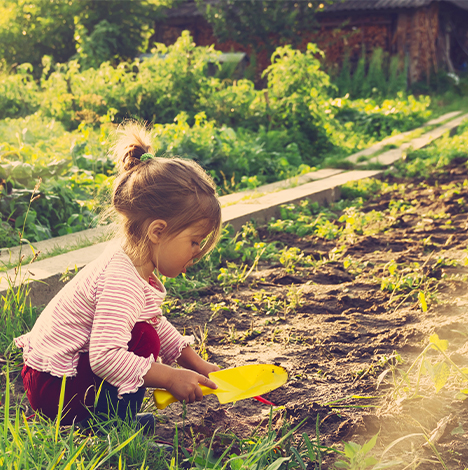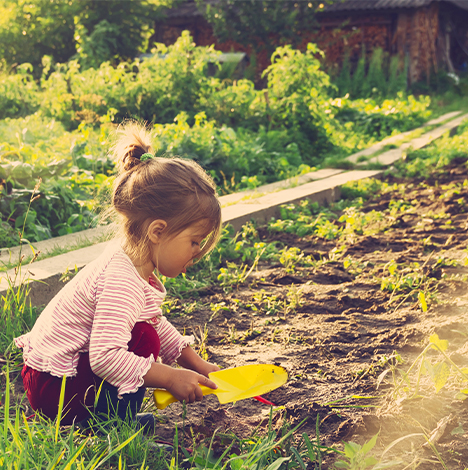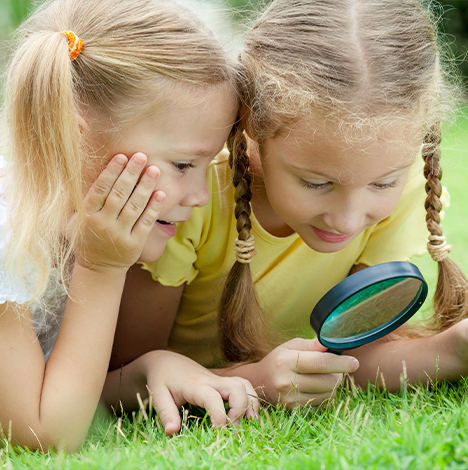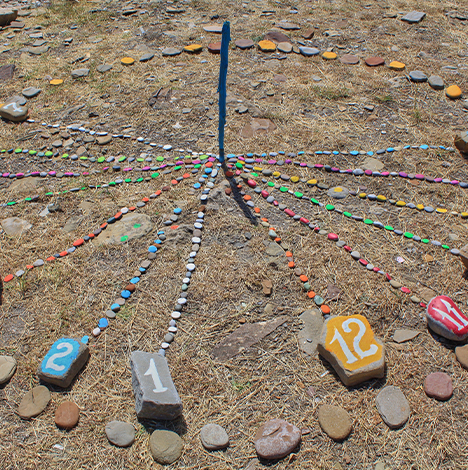Find Science in Your Own Backyard


When you think of science, what comes to mind? White coats, beakers, laboratories? That’s what we think of too, which is why it’s so important to remind ourselves and our kids that science is all around us and not just in a lab. In fact, your own backyard has a wealth of science potential for your little ones to explore. So, grab a notebook, a pencil and a magnifying glass, then head outside for some science fun — no bunsen burners required!

Look for Biodiversity
For your first experiment, find an interesting part of your yard to examine and mark off a one-foot by one-foot area. You’ll need to come back to this spot, so place a memorable object like a rock on the four corners of the space.
With your area marked, have your child use their magnifying glass to examine the test site and note each type of lifeform they see. It could be anything from ants to grass and maybe even a few surprises! Try returning to the spot in a week’s time to observe the space again and note any changes you see. Have any new critters made their way in? Is the total number of lifeforms higher or lower than before? For an even longer experiment, try coming back in a few months to see if a new season changes things up even further.

Do a Melt Test
For this easy experiment, we’ll use a muffin tin and sunlight to test the melting potential of objects from around the house. An ice cube is a great choice, but try other objects too, like a crayon, a plastic army man, even a dab of toothpaste. Before you take your tray outside, have your child write down their predictions for the experiment. Once everything is jotted down, leave the tray in the sun for 30 minutes, then take it back inside to observe what did and didn’t melt. Were there any surprises? That’s half the fun!

Make a Sundial
Think a sundial is hard to make? Think again! Here’s a simple way to teach your kids about the the sun’s travel over time and all you’ll need is a pencil, a piece of clay and a few stones from outside. First, stick the pencil into your clay so that it’s pointed straight up and place it outside in the sun. Place a stone on the ground inside the shadow cast by the pencil. Now, just wait an hour and place another stone in the shadow’s new location. Continue this process for a few more hours and you’ve created your very own sundial!


